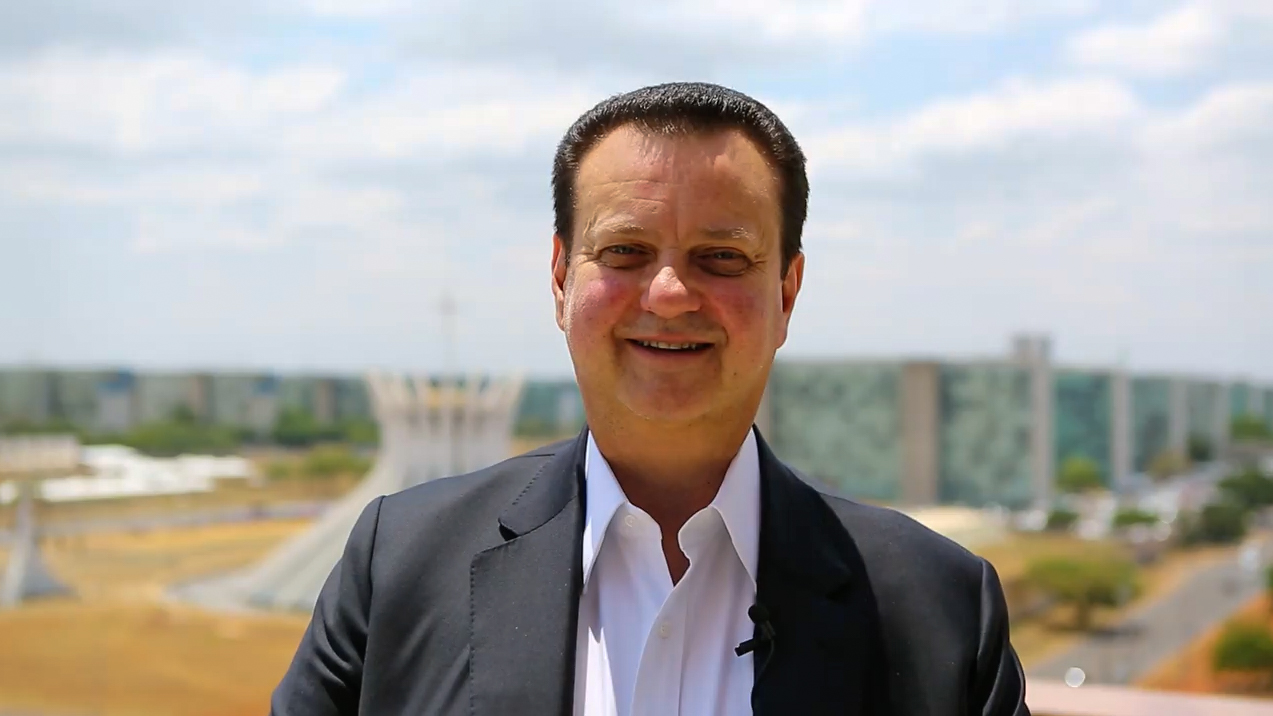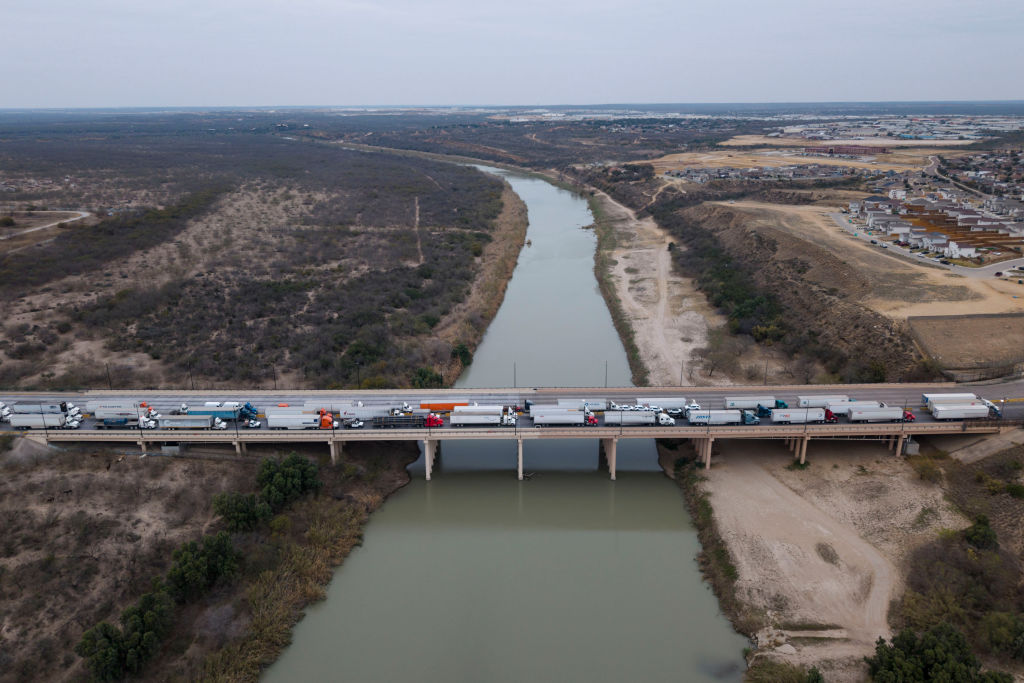Summary - Book Launch: The Economic Development of Latin America since Independence
Summary - Book Launch: The Economic Development of Latin America since Independence
Economist and author José Antonio Ocampo discussed factors that influence economic growth and stagnation in Latin America on an AS/COA panel.
Speakers:
- José Antonio Ocampo, author of The Economic Development of Latin America since Independence (December 2012)
- George Gray Molina, Chief Economist, Regional Bureau for Latin America and the Caribbean, United Nations Development Program
- Christopher Sabatini, Senior Director of Policy, Americas Society/Council of the Americas and Editor-in-Chief, Americas Quarterly (Moderator)
Summary
AS/COA hosted José Antonio Ocampo and economist George Gray Molina for a discussion of Ocampo’s new book, The Economic Development of Latin America since Independence. Challenging traditional approaches to addressing the region’s economic development, Ocampo’s analysis examines the historical context of Latin America’s economic booms and busts and highlights causes of economic growth and recession. Ocampo and Molina discussed structural challenges, Latin America’s integration in the global economy, and persistent inequality as factors that influenced alternating periods of economic growth and stagnation in Latin America. They also discussed prospects for the region’s future.
[[nid:49306]]
What Promotes Economic Growth?
Ocampo challenged the correlation between political stability and economic growth in the region. He said that of the three countries with some of the region's most stable economies—Colombia, Costa Rica, and Panama—only Costa Rica’s growth coincided with political stability. Meanwhile, Argentina and Brazil both grew while undergoing significant political disruptions. He also pointed to stifled technological innovation in Latin America as a factor limiting the region’s advancement. Although Latin America boasts a productive population participating in the work force and a steadily improving education system, it continues to lag behind Asia, Europe, and North America in technological development.
In addition to lagging technological innovation, Molina and Ocampo suggested that Latin America’s relatively slow regional integration into the global economy as compared to Asian countries has tempered development. Periods of reliance on the U.S. economy to ignite growth stymied the development of trade relations outside of the Western Hemisphere and delayed the development of regional trade relations. Moreover, Ocampo noted that the United States’ inconsistent attitudes toward Latin America over time fueled volatility.
The Impact of Inequality
Persistent inequality has posed an obstacle to the region’s development, according to Ocampo. Inequality, first institutionalized by slavery and systems of servitude, was later reinforced by unequal distributions of income generated from growing export economies. This, in turn, has stifled human development and regional productivity since independence.
Natural resource booms have contributed to inequality throughout the region. Although the region’s natural resources bolstered commodity prices and fueled significant periods of growth, Ocampo and Molina cautioned that a dependence on resource booms has exacerbated inequality and threatened economic stability. Ocampo noted that export-oriented economies built around natural resources historically catered to needs of elites without infusing wealth into the broader economy, thus reinforcing gaps between the rich and poor. According to the panelists, regional booms stemming from natural resource exports offered only short-term growth, followed by periods of decline and environmental problems. Panelists agreed that diversifying exports and investing income from natural resources in diverse sectors of the economy will safeguard the region against future busts and allow natural resource booms to offer a more sustainable source of development.
Outlook for the Future
Despite continuing structural obstacles, the region has benefitted from past lessons, speakers agreed. Years of economic booms and busts taught Latin American countries hat they cannot rely on the International Monetary Fund or bond markets to shield them from crises. As a result, many countries in the region now maintain fiscal surpluses to buffer effects of future crises. Appreciating exchange rates as well as construction and real estate bubbles have supported recent growth, but do not promise consistent development. Still, Ocampo and Molina offered positive outlooks on the region’s growth, noting increased understanding of the challenges to development.








